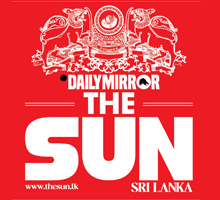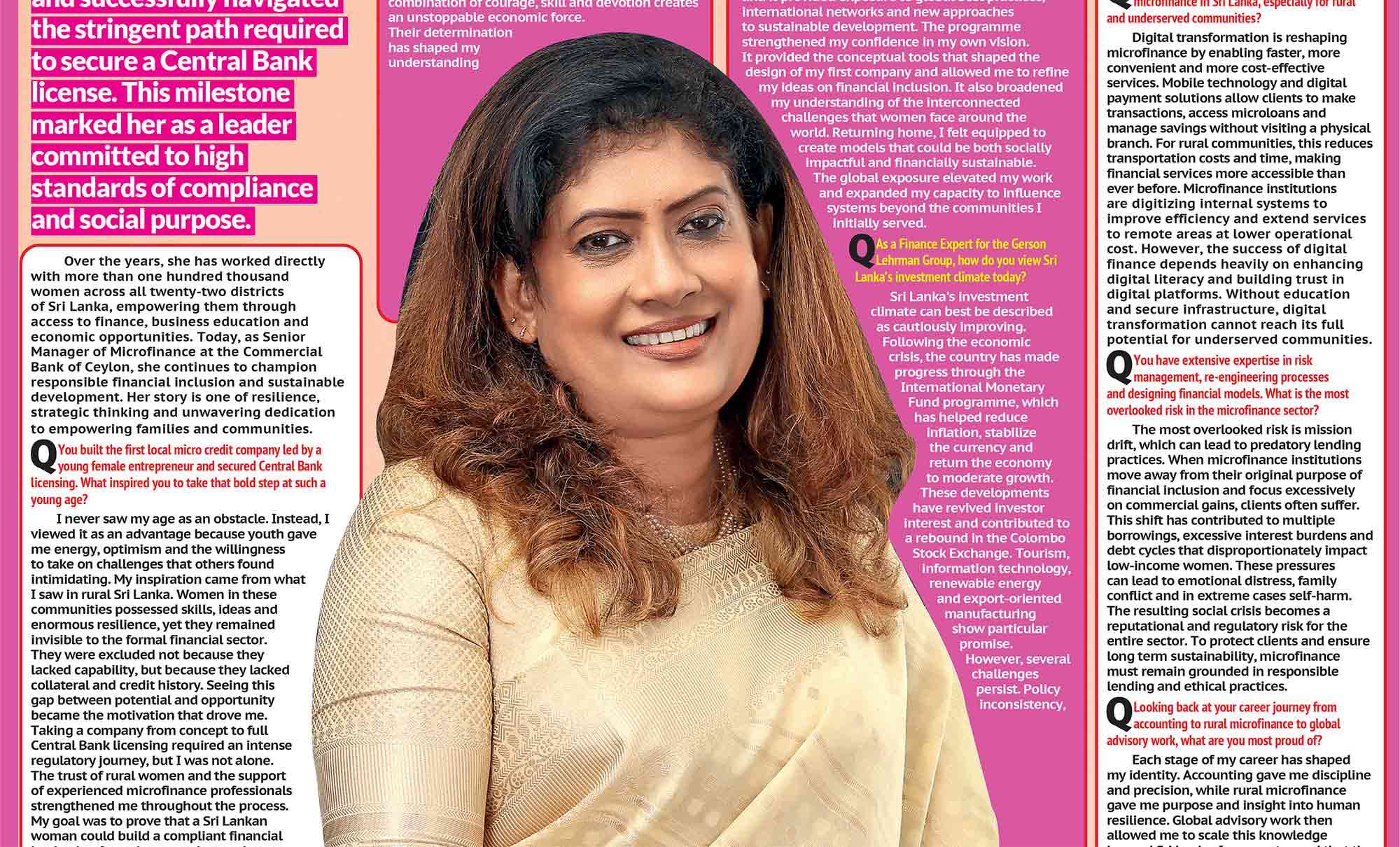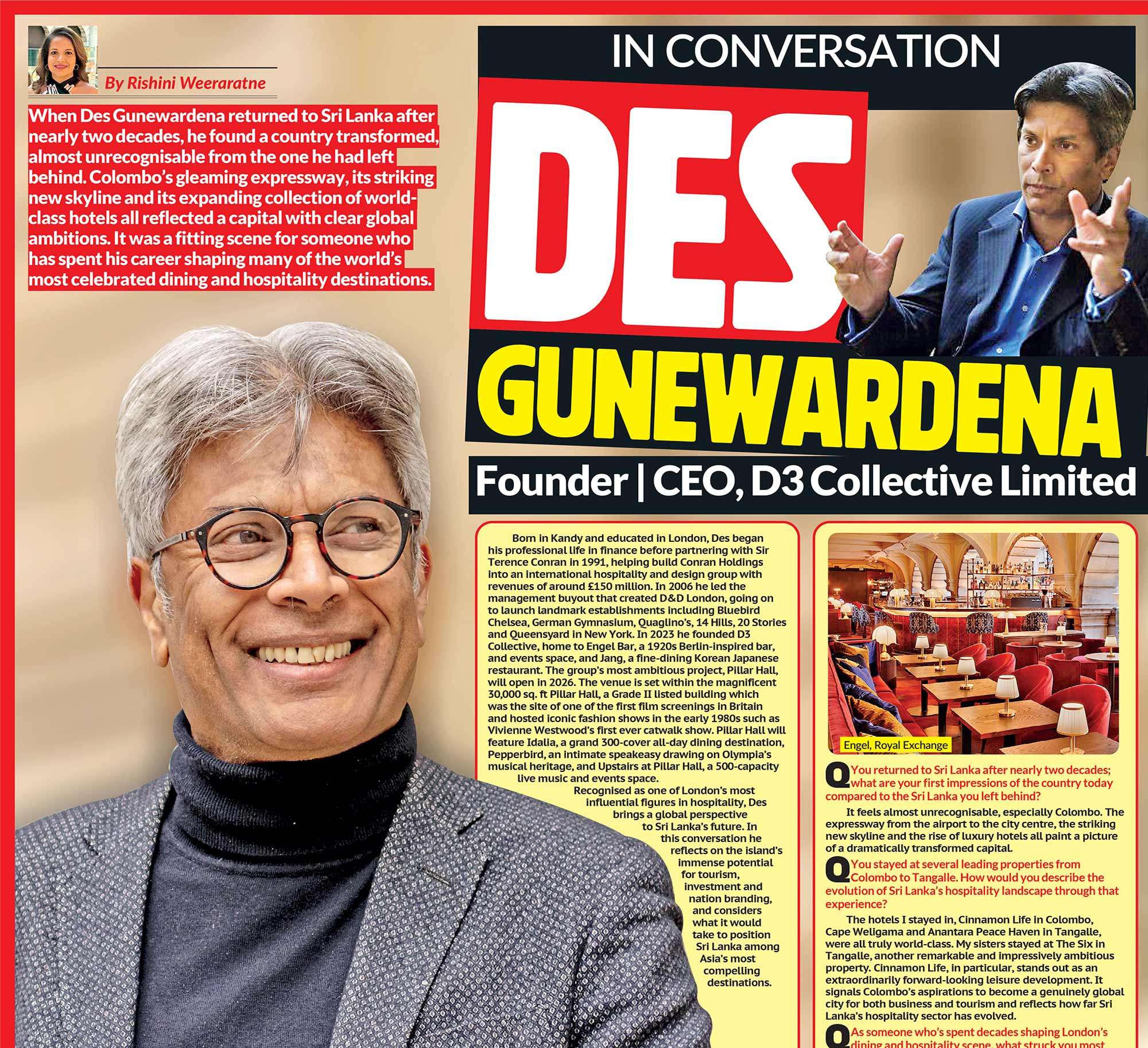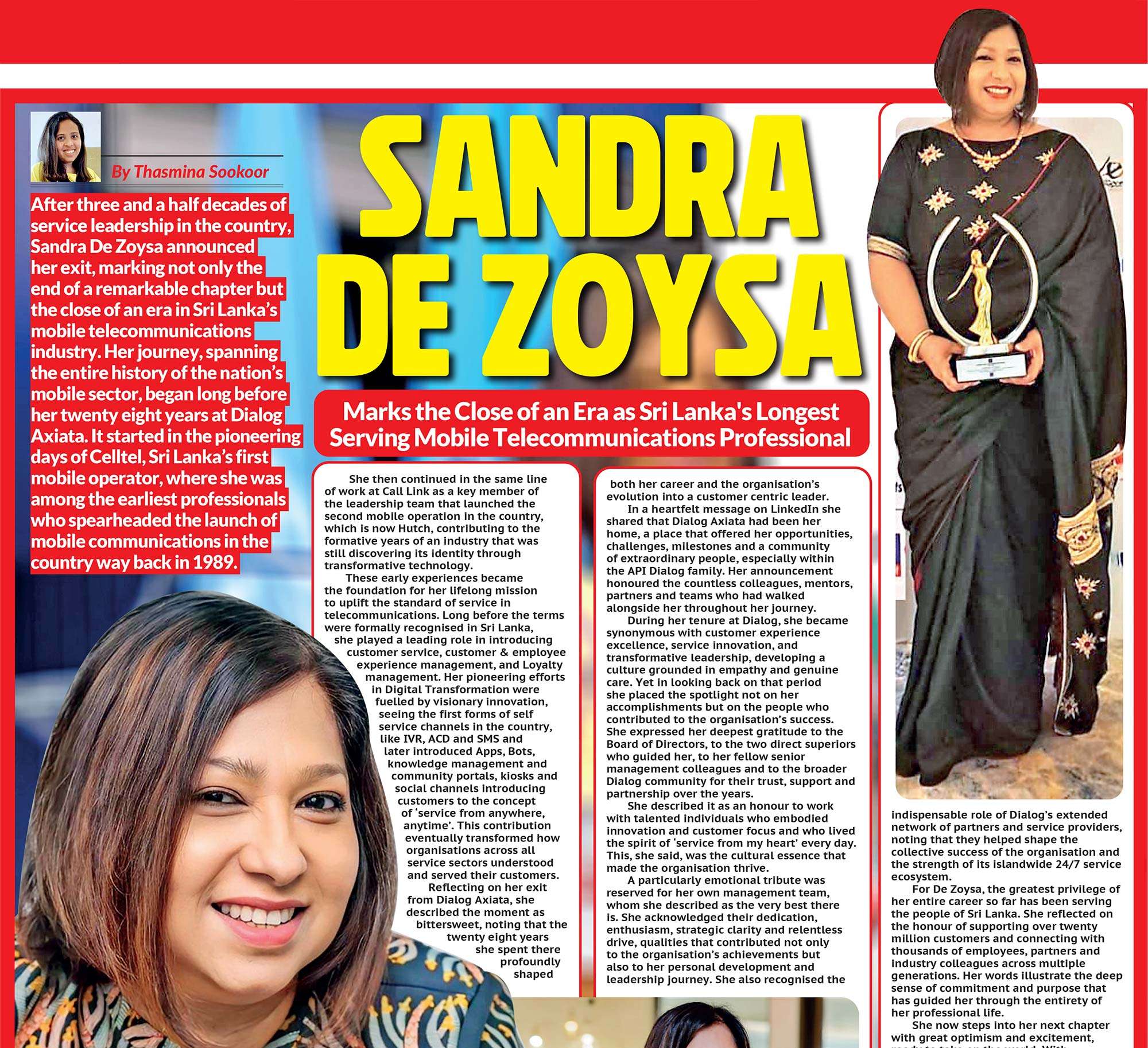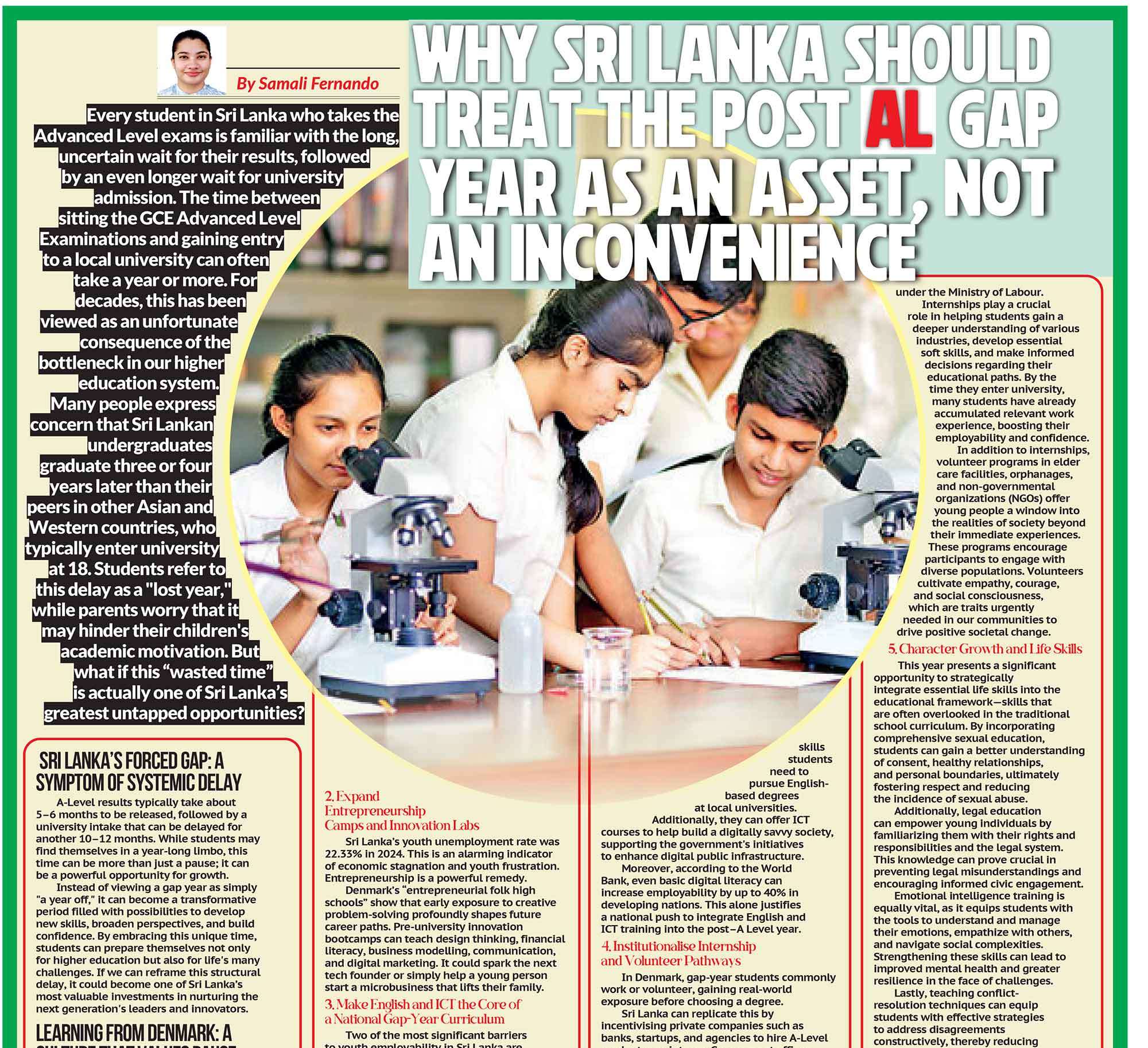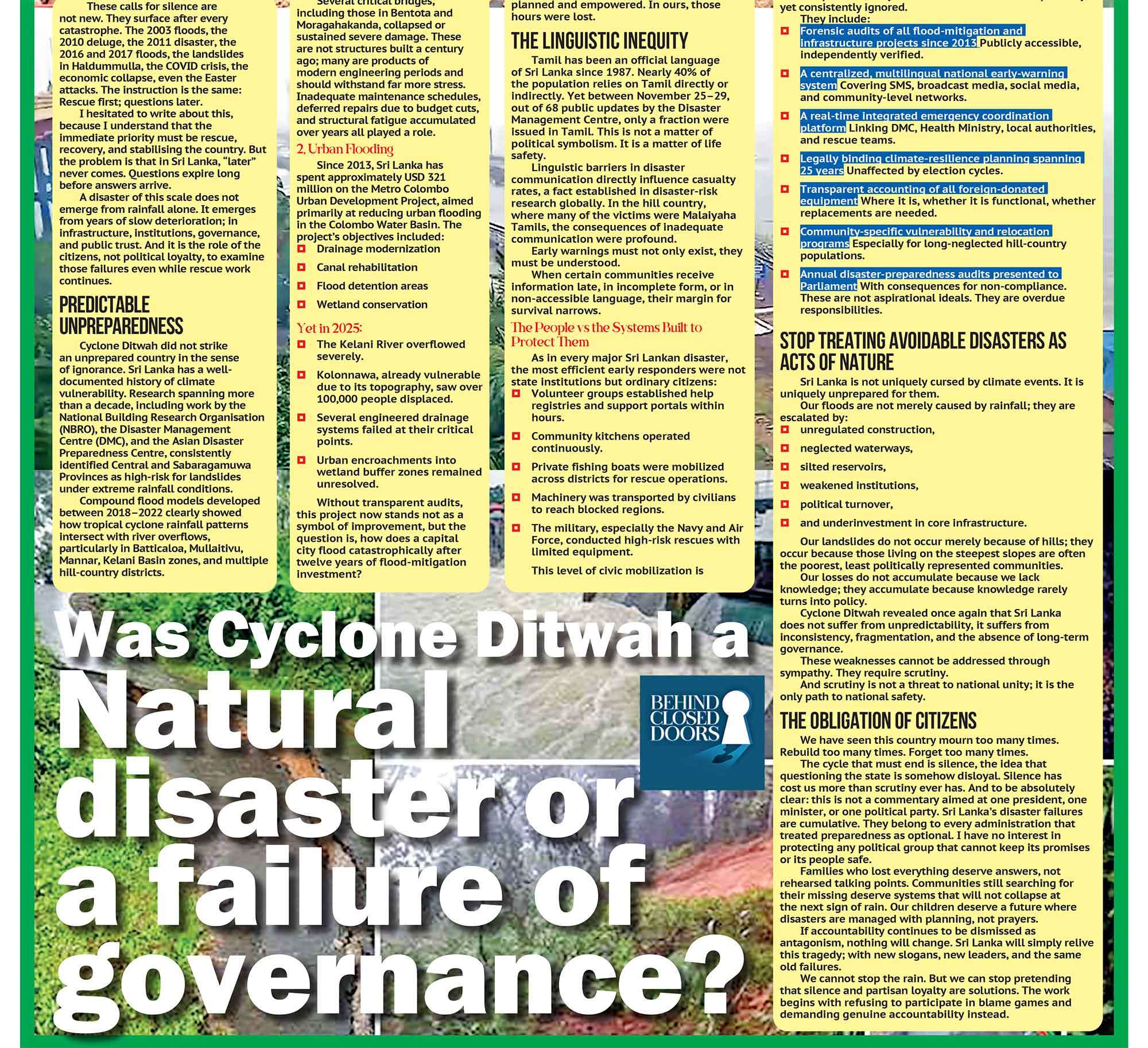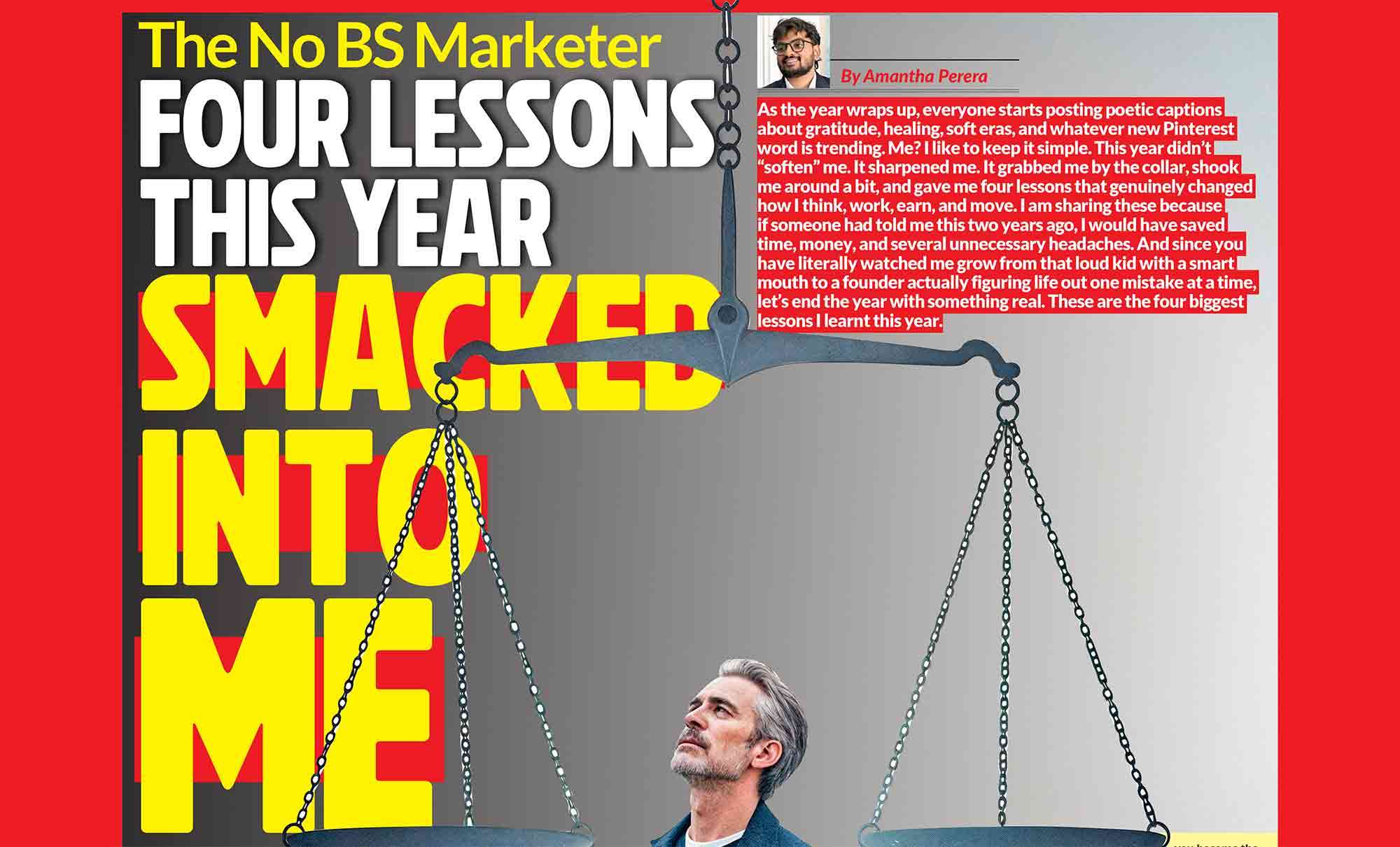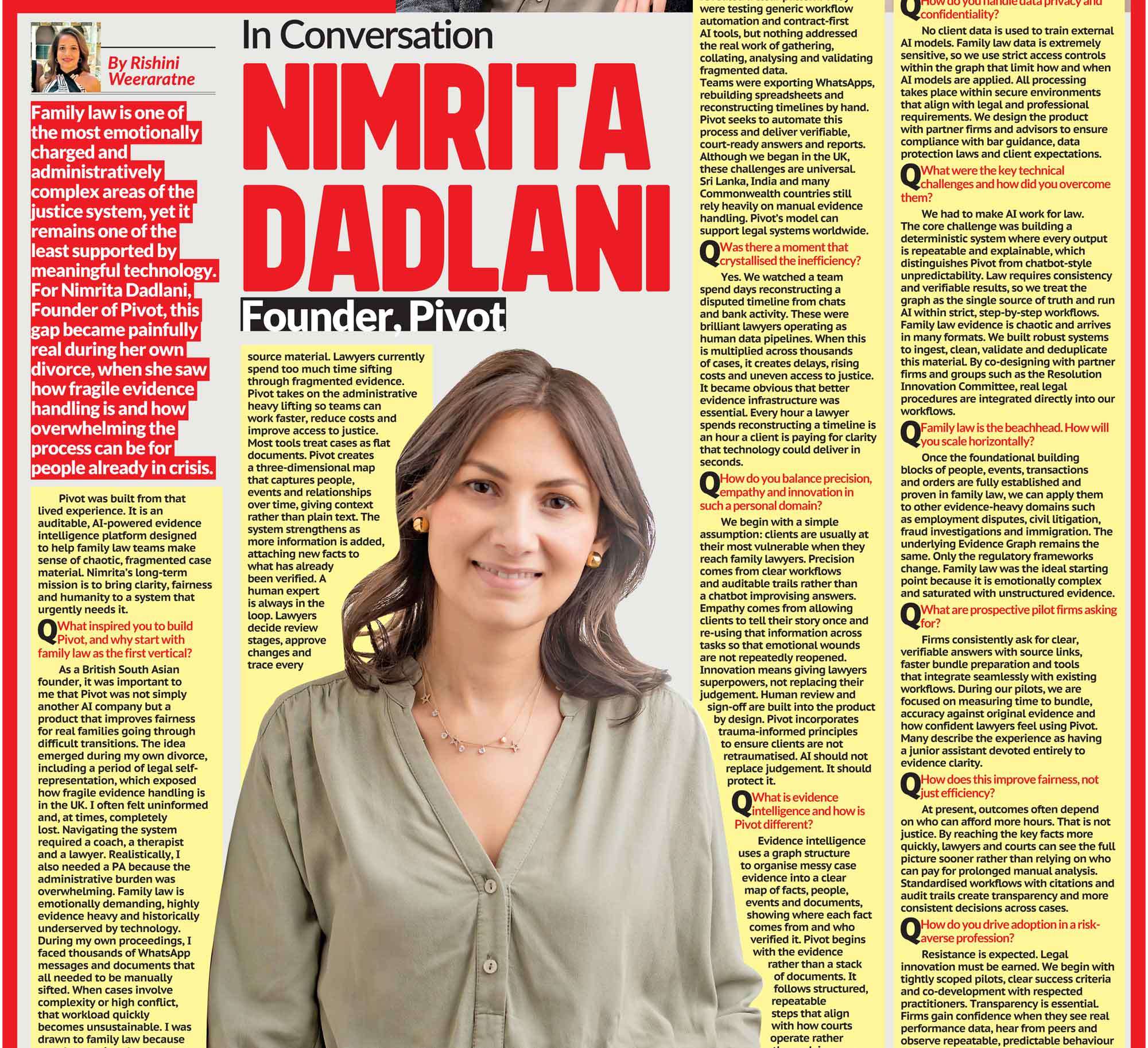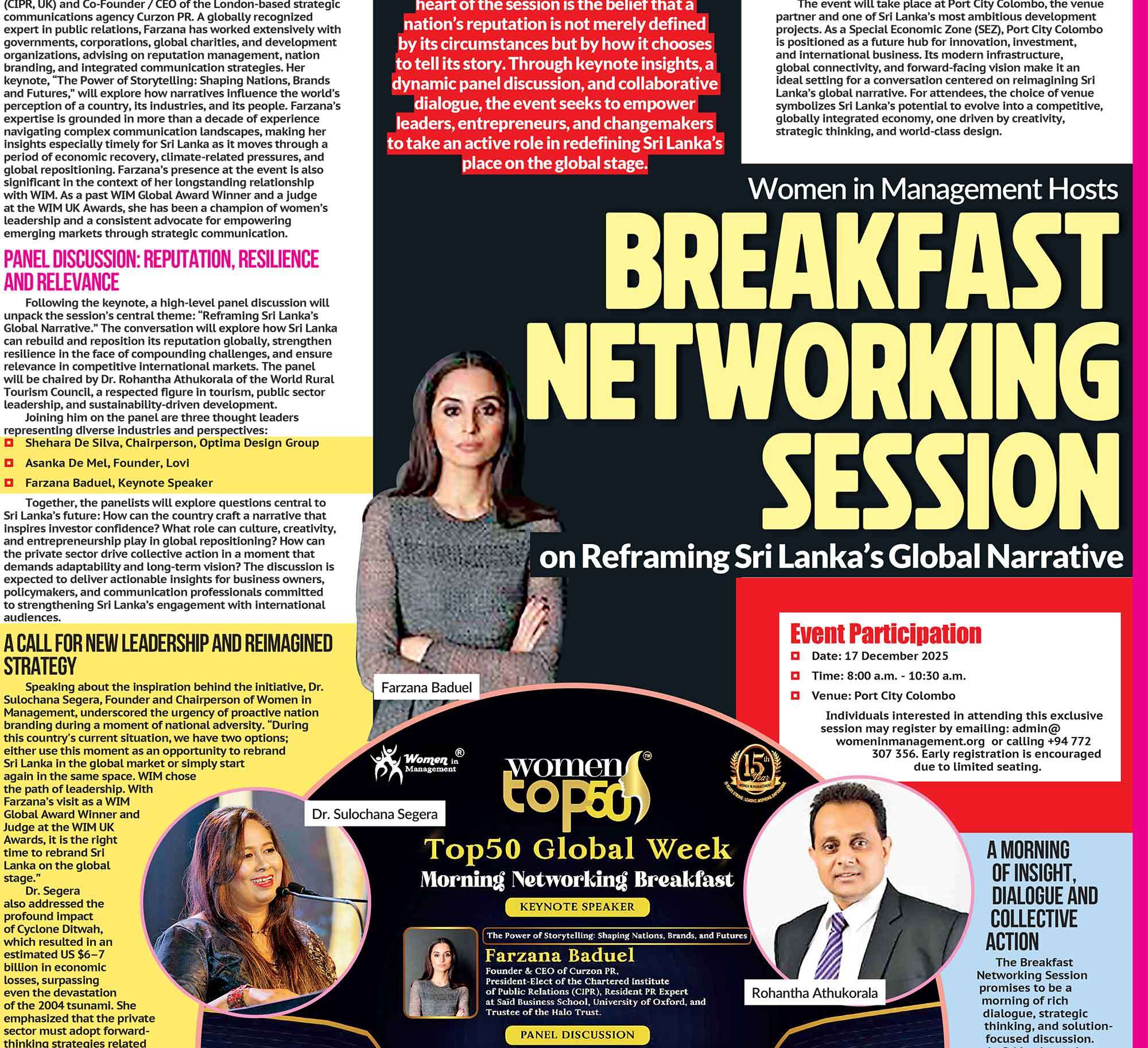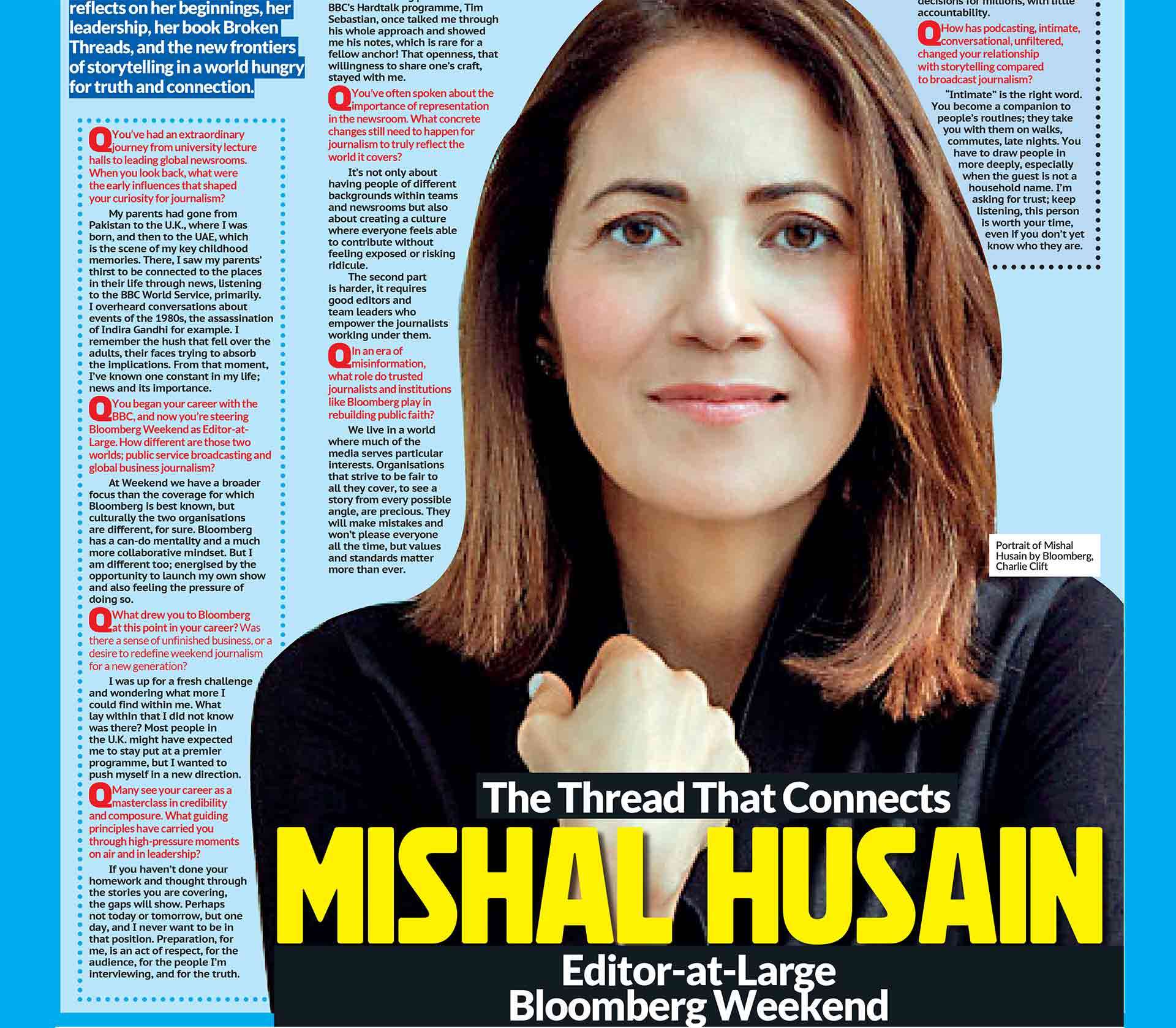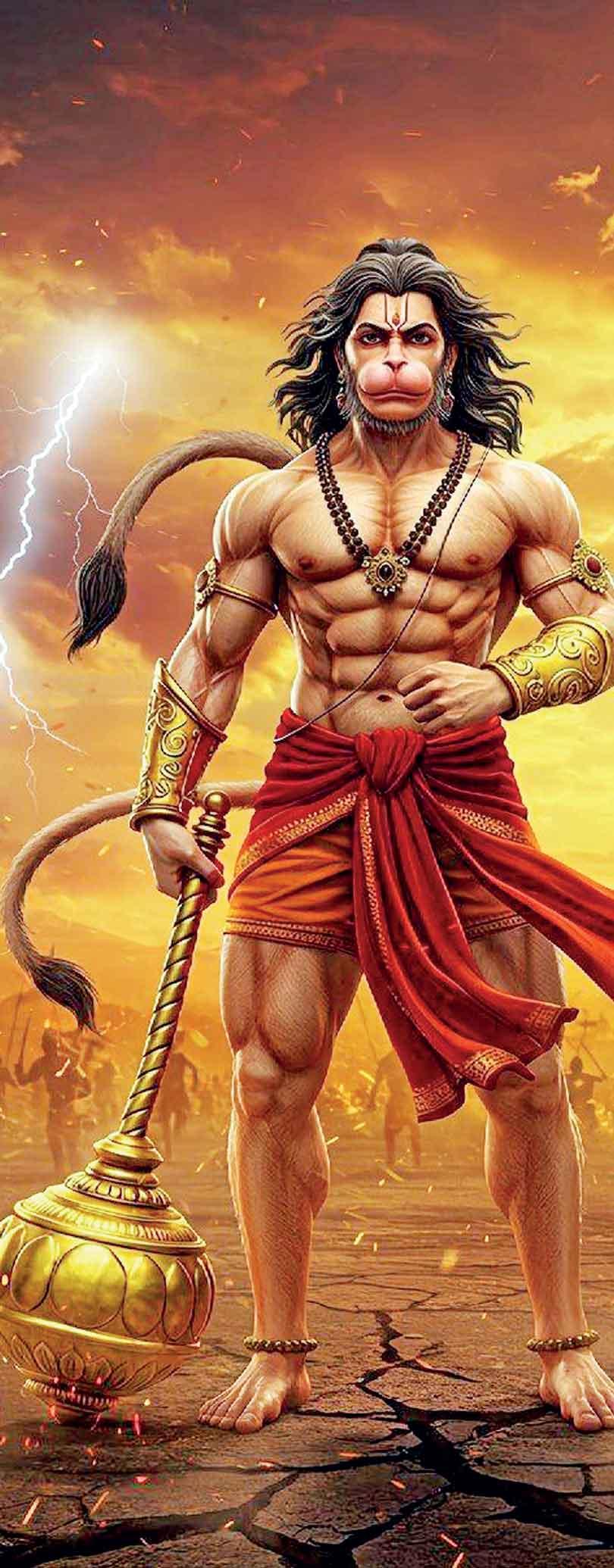
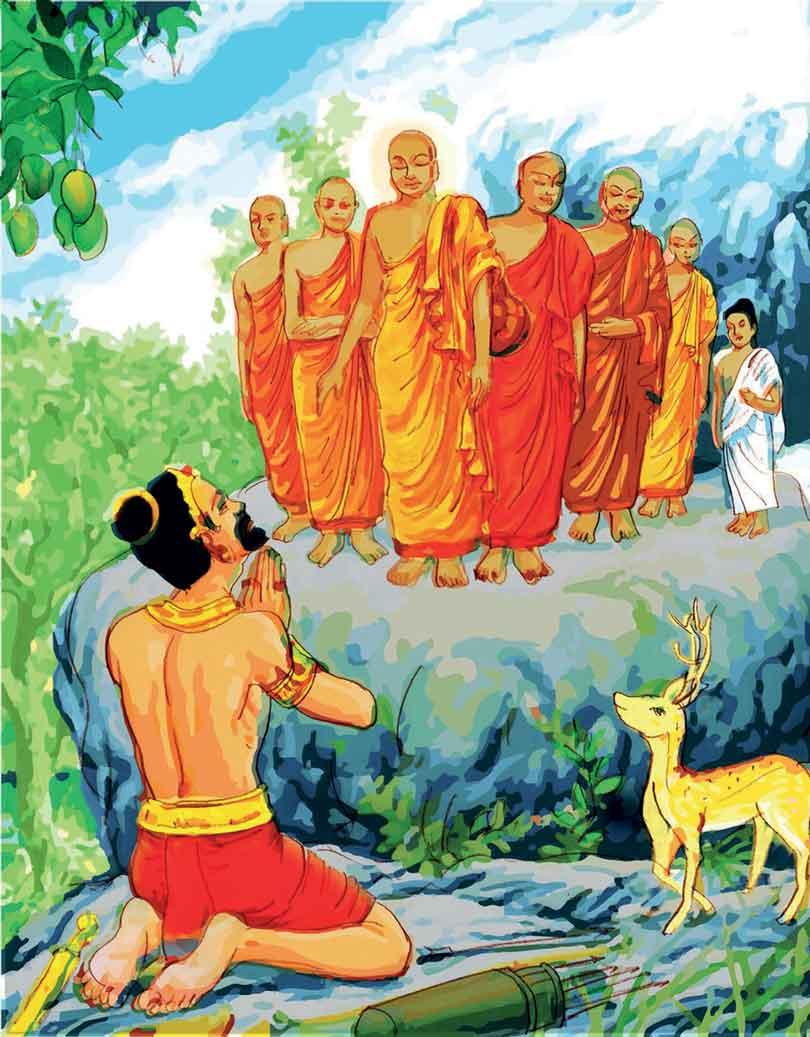
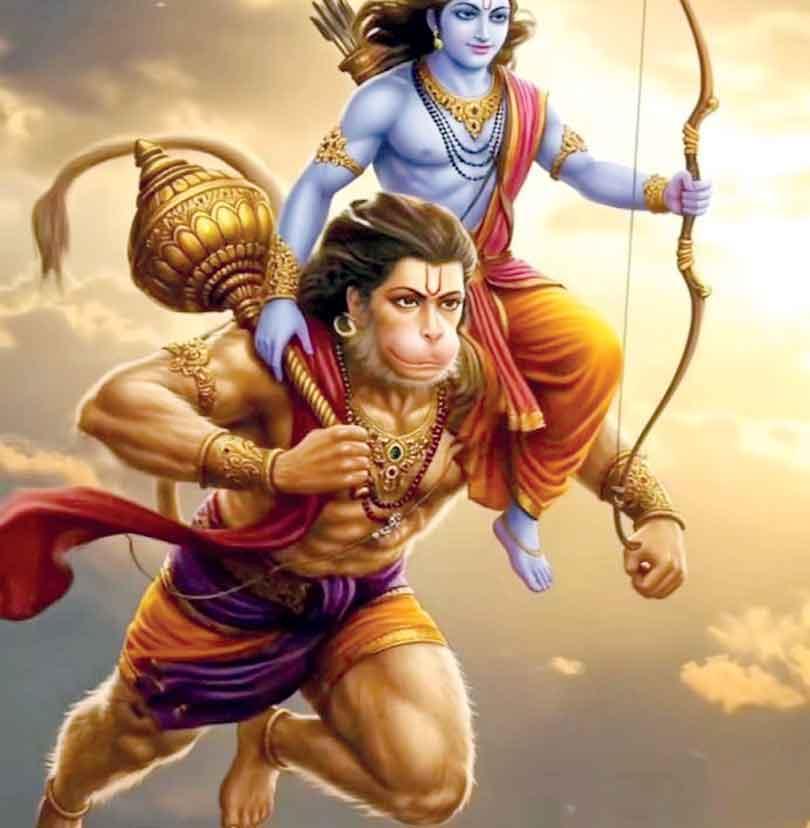
]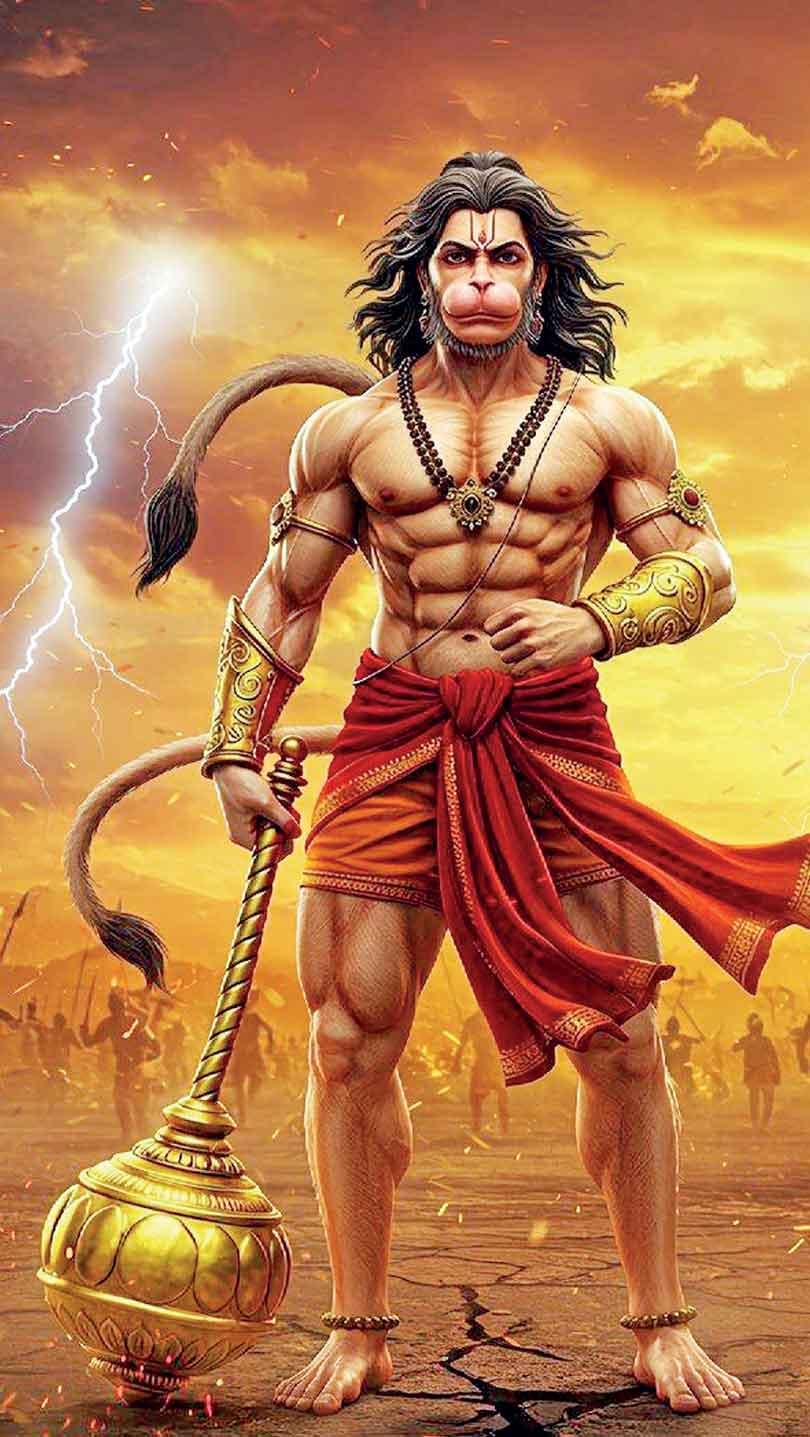
 From ancient myth to modern cinema, the same universal story continues to unfold. What Joseph Campbell called “the hero’s journey” is not only found in books and films, but also in the lives we live and the stories we tell in Sri Lanka and beyond.
From ancient myth to modern cinema, the same universal story continues to unfold. What Joseph Campbell called “the hero’s journey” is not only found in books and films, but also in the lives we live and the stories we tell in Sri Lanka and beyond.
Every culture has its stories. They are older than nations, older than language itself. Before we built cities, we built meaning through story. We gathered around fires, under trees, in temples and courtyards, to make sense of the chaos of existence. Across centuries and continents, the details changed, the gods wore different names, the heroes faced different monsters, but the essence remained the same.
The American mythologist Joseph Campbell devoted his life to studying this universality. His book The Hero with a Thousand Faces argues that all the great myths, from ancient Greece to India, from Africa to Polynesia, follow a shared structure. Campbell called it the “monomyth,” or the hero’s journey. He showed that whether it is the story of Buddha, Christ, King Arthur, or a Hollywood protagonist, the same pattern repeats: a call to adventure, a journey through trials, transformation, and finally, a return home with new wisdom. When I first encountered Campbell’s work, it was like being given a map of human experience. Suddenly, the stories I had loved since childhood, the fairy tales, epics, novels, even films seemed to hum with the same rhythm. It was as if every storyteller was speaking different dialects of the same emotional language.
The Call to Adventure
Every story begins with the ordinary world. The hero lives a life of routine until something disturbs the balance, a challenge, a loss, a temptation, a dream. It is the “call to adventure.” At first, the hero resists. The call feels risky or inconvenient. But fate has a way of insisting. In the Ramayana, Prince Rama is exiled from his kingdom and must face the wilderness. In the Mahavamsa, King Dutugemunu hears the call to unite a divided land. In modern cinema, Frodo Baggins leaves the Shire, and Luke Skywalker leaves his desert planet. Different worlds, different eras, yet each begins with the same spark, the ordinary interrupted by destiny. That first step beyond comfort is universal. Every one of us has experienced it. It might be the decision to change careers, to start a business, to leave a relationship, to move abroad, or even to stand up for something when silence would be easier. The details vary, but the feeling is the same, the tremor of fear and excitement that comes when we cross from what we know into what we do not.
Trials and Mentors
Once the hero accepts the call, the world becomes unpredictable. Allies appear, as do adversaries. Campbell noted that mentors are a constant presence in these tales, figures who offer guidance, tools, or wisdom. In the Ramayana, Hanuman becomes Rama’s devoted ally. In the Mahabharata, Krishna guides Arjuna. In The Lion King, Mufasa’s voice returns to guide Simba. Mentors remind us that no hero walks alone. They also remind us of our teachers, the ones who shaped us. Most of us can think of a mentor who helped us on our own journeys. Perhaps a teacher who saw potential we did not see in ourselves.
A boss who pushed us beyond our limits. A grandparent whose quiet stories planted seeds of courage. Mentorship, like myth, is timeless. We are guided, and then one day, we become the guide.
The Ordeal
No story progresses without struggle. Campbell called this stage “the road of trials.” It is where the hero is tested again and again. Monsters are slain, temptations resisted, truths revealed. The trials are rarely about external enemies. They are about internal transformation. The dragon on the path often represents fear, greed, pride, or doubt. To conquer it is to master oneself. In Sri Lankan folklore, Prince Maname faces his moral test in the forest when he must choose between love and duty. The story endures because it speaks to something we all recognise, the tension between desire and responsibility. In our daily lives, the ordeals may not involve mythical beasts, but they are no less daunting: a business failing, a friendship ending, a dream deferred. Each one demands courage, and each one changes us.
Death and Rebirth
Every hero must face a symbolic death before transformation. In myth, this is the darkest point, the underworld, the cave, the belly of the beast. It is the moment of surrender when everything seems lost. Buddha experiences this under the Bodhi tree, facing his doubts before enlightenment. In Western myth, Christ faces crucifixion before resurrection. In Star Wars, Luke confronts the dark side within himself. This pattern resonates because it mirrors our lives. When we face grief, failure, or humiliation, it feels like a kind of death. Yet these moments often lead to renewal. They strip away illusion and awaken strength we did not know we possessed. Sri Lankan history is filled with such rebirths. After years of colonial rule, independence was a collective resurrection. The rebuilding after conflict or disaster, the resilience after economic hardship, these are national examples of the hero’s journey.
The Return
The final stage of the hero’s journey is the return home. The hero brings back wisdom, healing, or power to share with the community. Campbell calls this the “boon.” The purpose of the journey was never glory; it was growth. In the Jataka tales, each of the Buddha’s past lives ends with a return, where compassion and understanding have deepened. In literature, Odysseus returns to Ithaca. In cinema, even superheroes return to the city they saved. In our own lives, the return may not be dramatic. It may be the insight gained after heartbreak, the maturity that follows struggle, or the calm that comes after chaos. What matters is that we bring that learning back and use it to help others.
The Archetypes
Campbell’s ideas did not end with him. Psychologist Carl Jung expanded on the concept of archetypes, the recurring characters and patterns that live in our collective unconscious. Archetypes are the roles we recognise instinctively: the hero, the mentor, the trickster, the shadow, the caregiver, the lover, the ruler, the rebel. Once you learn to see them, you begin to notice them everywhere. The friend who always plays peacemaker is the caregiver. The politician who thrives on chaos might be the trickster. The boss who seeks control may be the ruler. The artist who refuses convention is the rebel.
Sri Lankan culture is rich with archetypes. The loyal friend like Hanuman. The wise elder like Arahat Mahinda. The mother who sacrifices everything for her children. The politician who falls because of hubris. The monk who renounces power to find peace. Sri Lankan literature, theatre, and cinema are woven with these recurring figures. They are not clichés; they are mirrors. They help us recognise the patterns of human behaviour that repeat through time.
The Power of Recognition
Once you start looking for archetypes, you will find them everywhere, in novels, in films, in conversations, even in your own family. The next time you watch a movie, notice who takes on which role. In The Lord of the Rings, Gandalf is the mentor, Frodo the hero, Gollum the shadow. In Star Wars, Obi-Wan Kenobi is the mentor, Darth Vader the shadow, Leia the ruler, Han Solo the rebel. In Sri Lankan cinema, Lester James Peris often explored these archetypes in subtle ways. In Gamperaliya, the clash between tradition and modernity plays out through archetypal roles, the dreamer, the realist, the loyalist, the lover torn between two worlds. These patterns endure because they are not bound by culture. They are reflections of our collective psychology.
Why It Matters
Understanding story structure and archetypes is not just an academic exercise. It is a way of understanding ourselves. When we recognise that we are all living versions of the hero’s journey, we approach life differently. We become more patient in the face of struggle because we understand that the ordeal is part of the story. We see mentors not as saviours but as companions who appear at the right time. We treat those we find difficult as shadows to be integrated rather than enemies to be destroyed. We look for the meaning in our suffering instead of assuming it is meaningless. Storytelling reminds us that life is cyclical, not linear. There are times of peace, times of conflict, times of loss, and times of renewal. Knowing this brings perspective and humility.
The Stories We Carry
Every nation, including Sri Lanka, lives inside a story. The narratives we tell about who we are can be resilient, generous, diverse, complicated, they shape our collective identity. When we choose stories that divide, we live divided. When we choose stories that unite, we create belonging. That is why myth still matters. It reminds us that beneath our differences lies the same human journey: fear, hope, struggle, and transcendence. The hero with a thousand faces lives in all of us. So, the next time you read a novel, watch a film, or listen to a friend recount their troubles, look for the patterns. Ask yourself: Who is the hero? Who is the mentor? Who is the shadow? What is the journey? You will begin to see that the stories of others are also your own. Because in the end, the hero’s journey is not about a single figure slaying a dragon. It is about all of us learning, again and again, to step out of the ordinary world, to face what frightens us, and to return wiser, kinder, and more whole. That is the story humanity has been telling itself since the beginning, and we are still telling it now.
About The Writer
Farzana Baduel, President-elect (2026) of the Chartered Institute of Public Relations and CEO and Co-founder of Curzon PR (UK), is a leading specialist in global strategic communications. She advises entrepreneurs at Oxford’s Said Business School, co-founded the Asian Communications Network (UK), and serves on the boards of the British Asian Trust, the Halo Trust, and Soho Theatre. Recognised on the PRWeek Power List and Provoke Media’s Innovator 25, she also co-hosts the podcast, Stories and Strategies. Farzana champions diversity, social mobility, and the power of storytelling to connect worlds.
